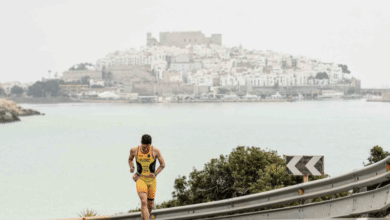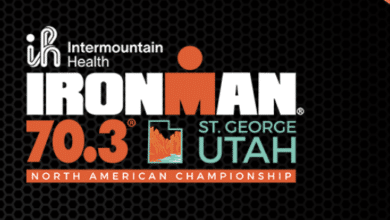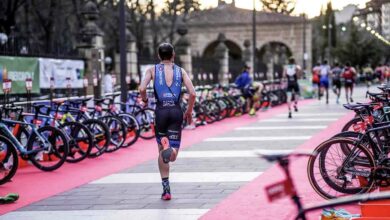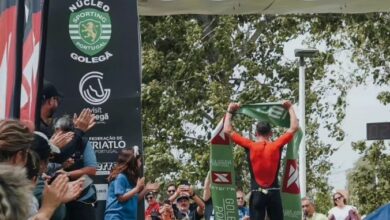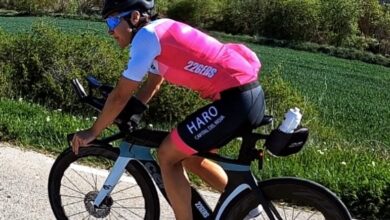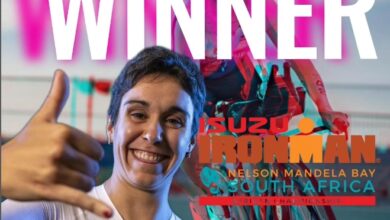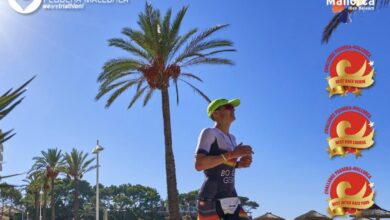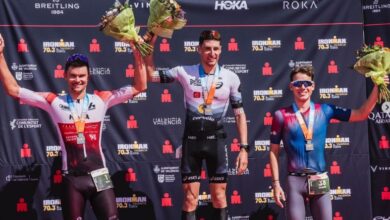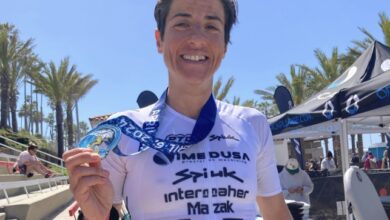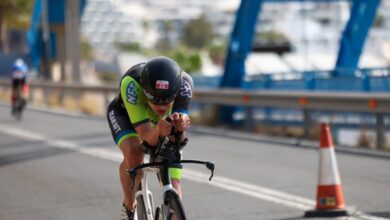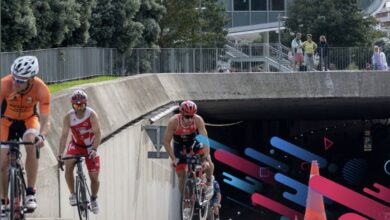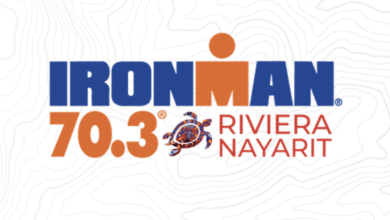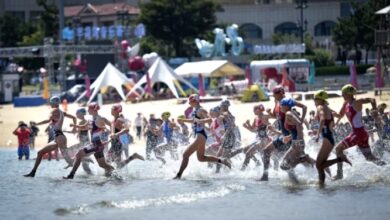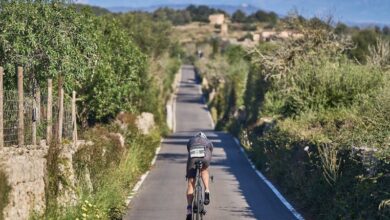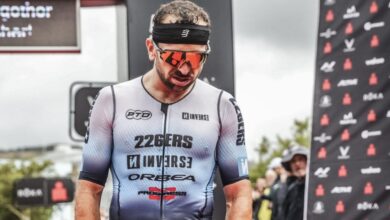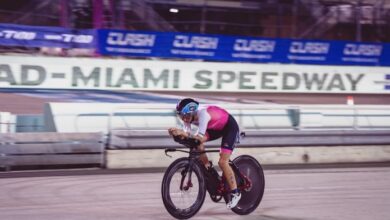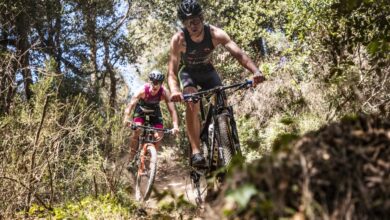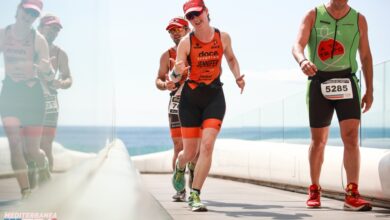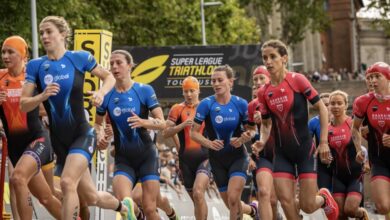Everything you need to know about Paratriathlon
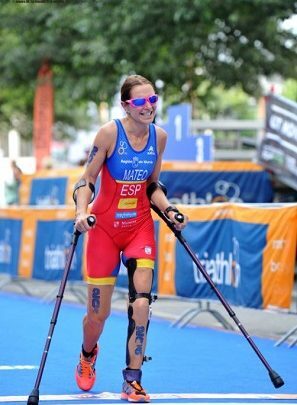
In the 2016 Rio Paralympic Games paratriathlon event, all participants of the different classes must compete in a 750m swimming circuit, 20km cycling and 5km running race
The 10 day at the Copacabana beach will take place the male paratriathlon competition from 10 am for the boys and the 11 day, at the same time, for the girls.
The components of the Spanish "Paratriarmada" are:
- PT2: Lionel Morales and Rakel Mateo
- PT4: Jairo Ruiz
- PT5: Susana Rodríguez (Guia Mabel Gallardo)
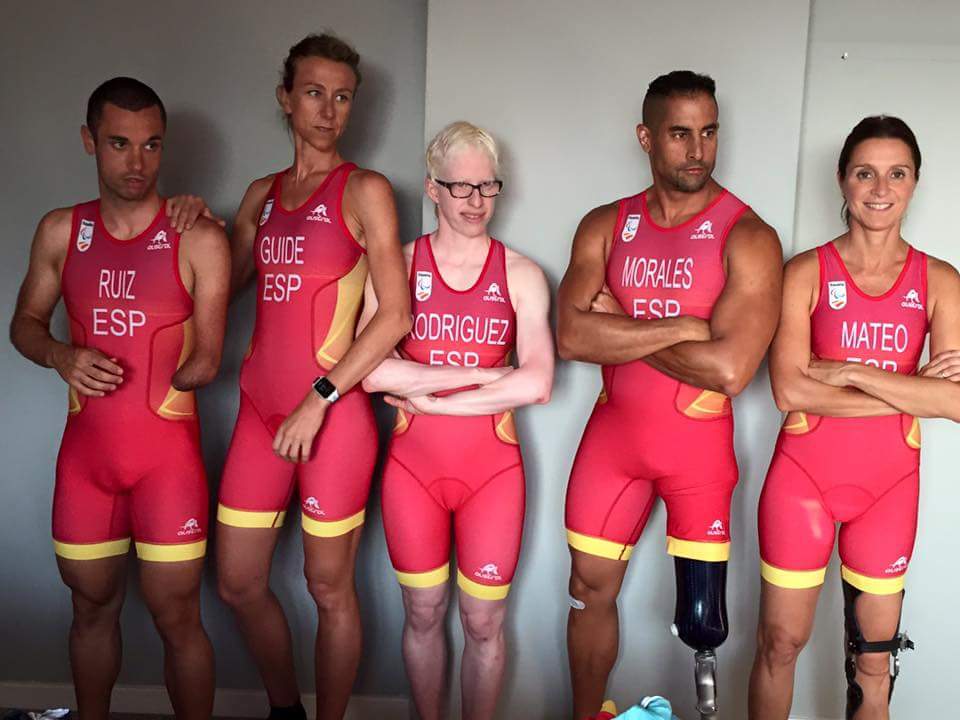
Before the men's race on September 10 and the women's on September 11, the ITU has published an article that explains each sport class and the most important rules to know the competition of our paratriathletes.
Explanation of Sports Classes
The paratriathlon classification system was reformulated in 2014 reducing the number of sports classes from seven to five. Only the PT1, PT2 and PT4 classes for men and the PT2, PT4 and PT5 for women will be played in Rio
Category PT1
Users of wheelchairs. It includes athletes with limited activity and disability in, but not limited to: muscular power, limb deficiency, hypertonia, ataxia, athetosis that impedes the ability to pedal on a conventional bicycle and run safely. The athletes are evaluated to know what their corresponding category must reach 640,0 points. Athletes must use a reclining hand bike in the cycling segment and a running wheelchair in the pedestrian.
Category PT2
Includes athletes with limited activity and disability in, but not limited to: limb deficiency, hypertonia, ataxia and athetosis, impaired muscular power or range of motion that, when evaluated, reaches the 454,9 points. In the cycling and running segments, athletes with amputations may use prostheses or other approved means of support.
Category PT3
It includes athletes with limited activity and disability in, but not limited to: limb deficiency, hypertonia, ataxia and athetosis, impaired muscular power or range of motion that ranges from 455,0 to 494,9 points when assessed. In the cycling and running segments, the athlete can use prostheses or other approved means of support.
Category PT4
It includes athletes with limited activity and disability in, but not limited to: limb deficiency, hypertonia, ataxia and athetosis, impaired muscular power or range of motion that ranges from 495,0 to 557,0 points inclusive. In the cycling and running segments, the athlete can use prostheses or other approved means of support.
Category PT5
Total or partial visual impairment (IBSA / IPC sub sports classes B1, B2, and B3): Includes totally blind athletes, from the lack of light perception in both eyes to perception of some light but inability to recognize the shape of a hand at any distance or in any direction (B1) and athletes with visual acuity lower than the 6 / 60 vision or visual field less than the 20 degrees with the best corrective method (B2-B3). A guide of the same nationality and gender is mandatory during the race. You must pedal in tandem during the cycling segment.
Other Important Rules
Paratriathlon has some peculiarities, such as athletes with varying levels of disability who need different levels of support when leaving the water and before reaching the transition area.
There are helpers at the water outlet who assist the athletes when they leave the water depending on the color of the hat. They provide full assistance (remove athletes with red caps from the water) or support (yellow cap). There is a designated pre-transition zone for athletes to pick up their assistance means (PT2 to PT4) or access their daily wheelchairs and be assisted by the aides if necessary (PT1).
Athletes can use conventional bikes with approved adaptations (PT2 and PT4), tandem (PT5) or hand bike (PT1).
The final section is a 5km carrer segment in which athletes can use career wheelchairs (PT1), run with or without the assistance of support means (PT2 - PT4) or with their guides (PT5).
In the PT5 sports class, female athletes with total blindness (B1) have the advantage of staggering out. The B1 athletes leave 3'48 '' before the rest of the competition in the PT5. Athletes with visual impairment compete with their guides, who must stay with them throughout the race and be from the same nation and the same gender.
Further information: http://www.triathlon.org/paratriathlon/
There are no previous results.







